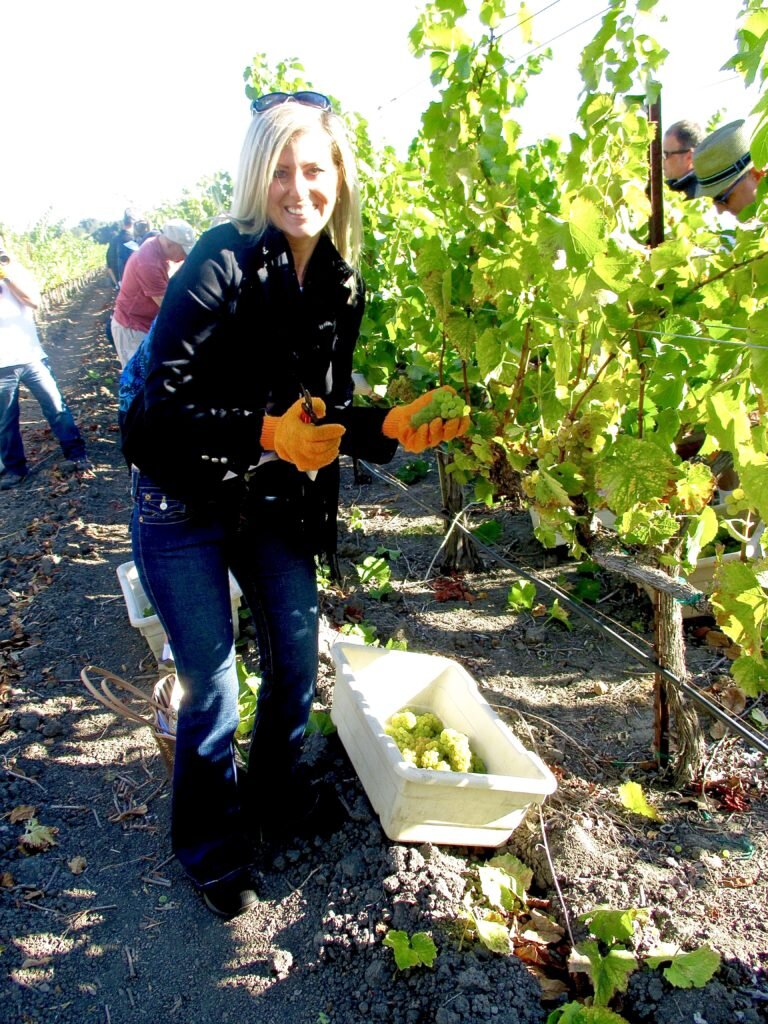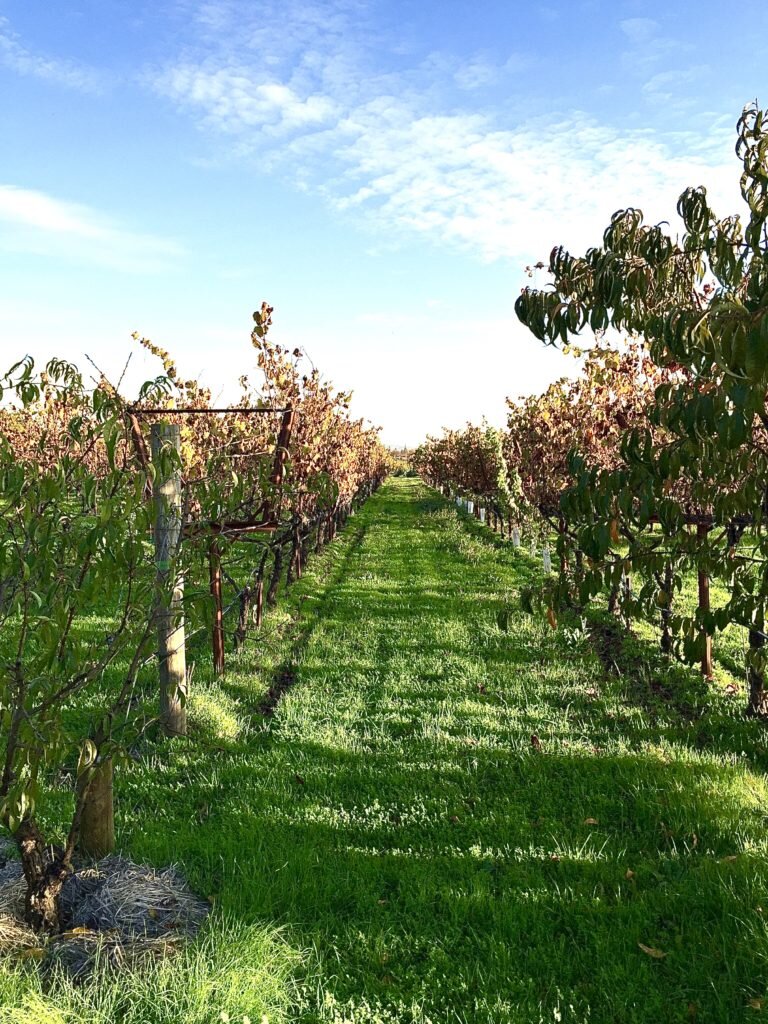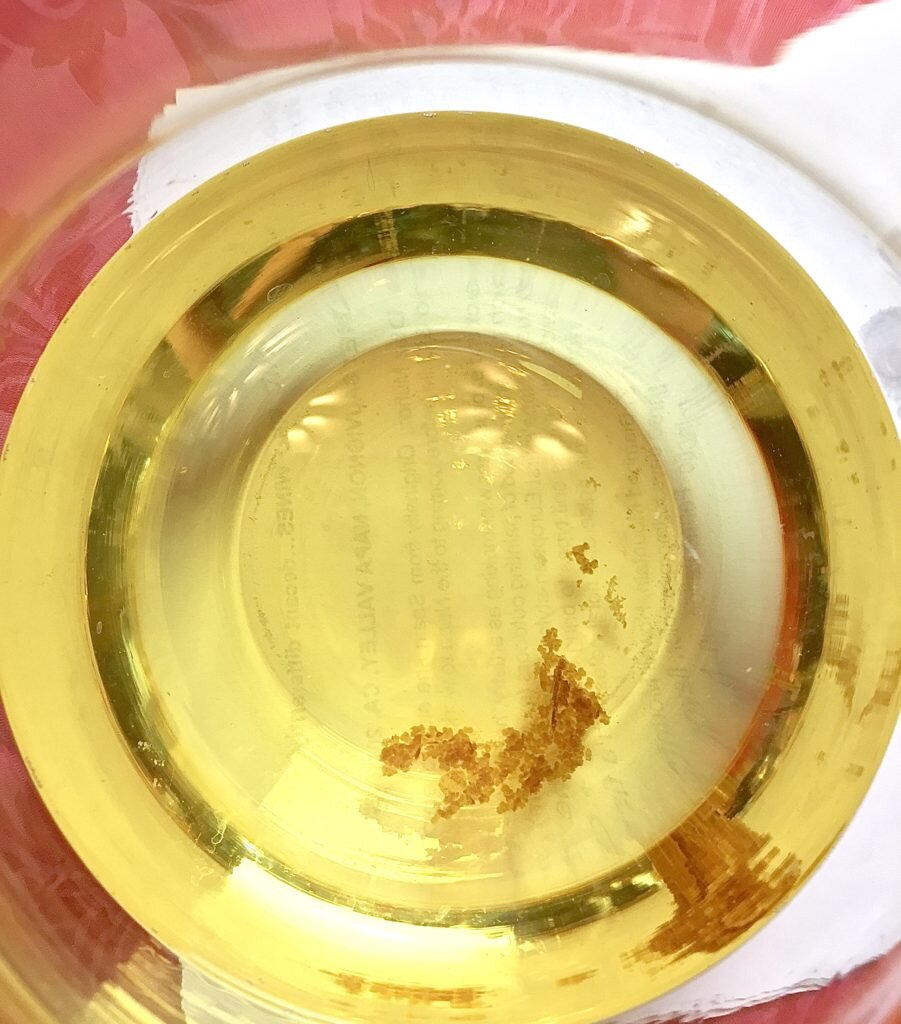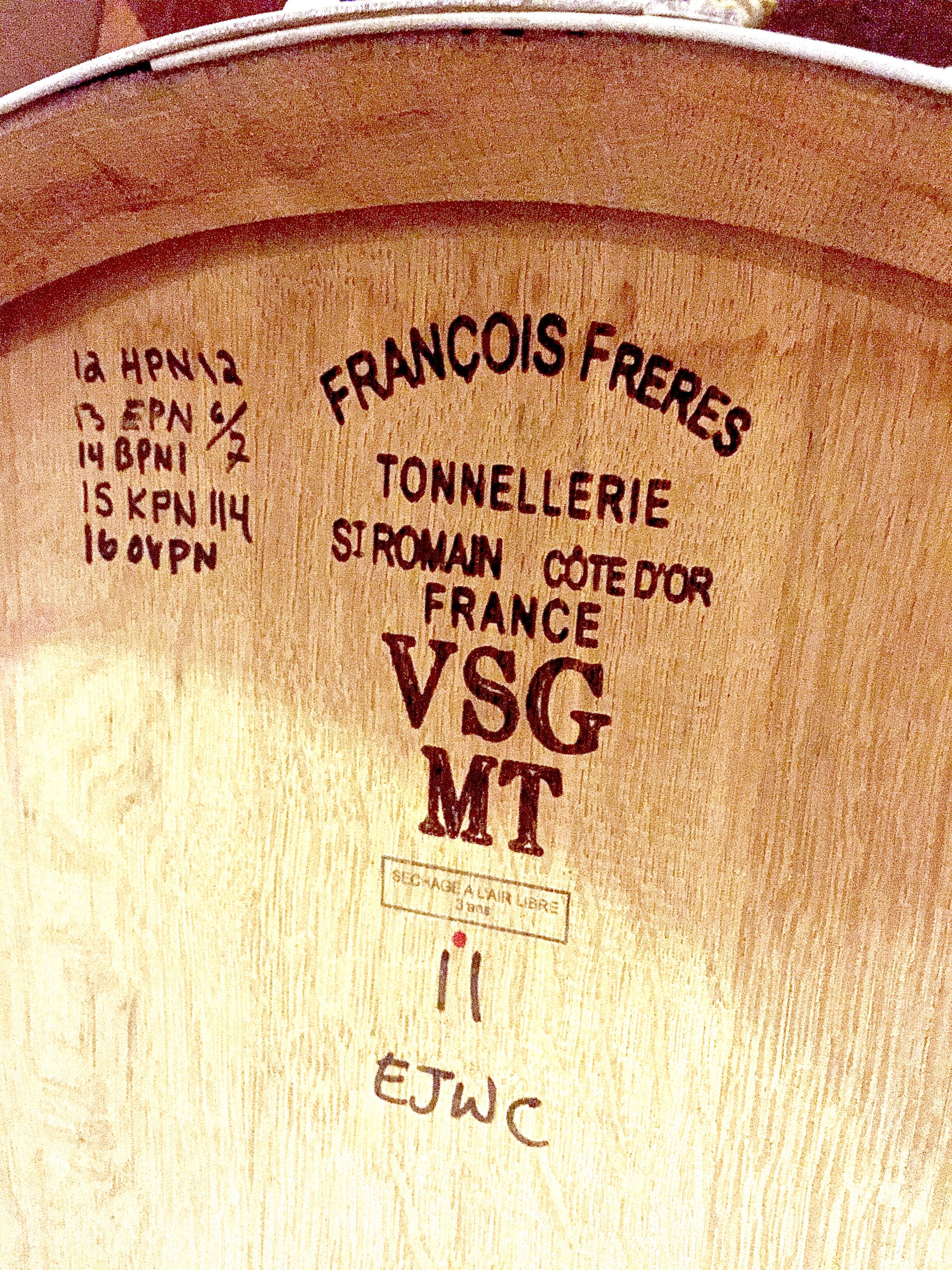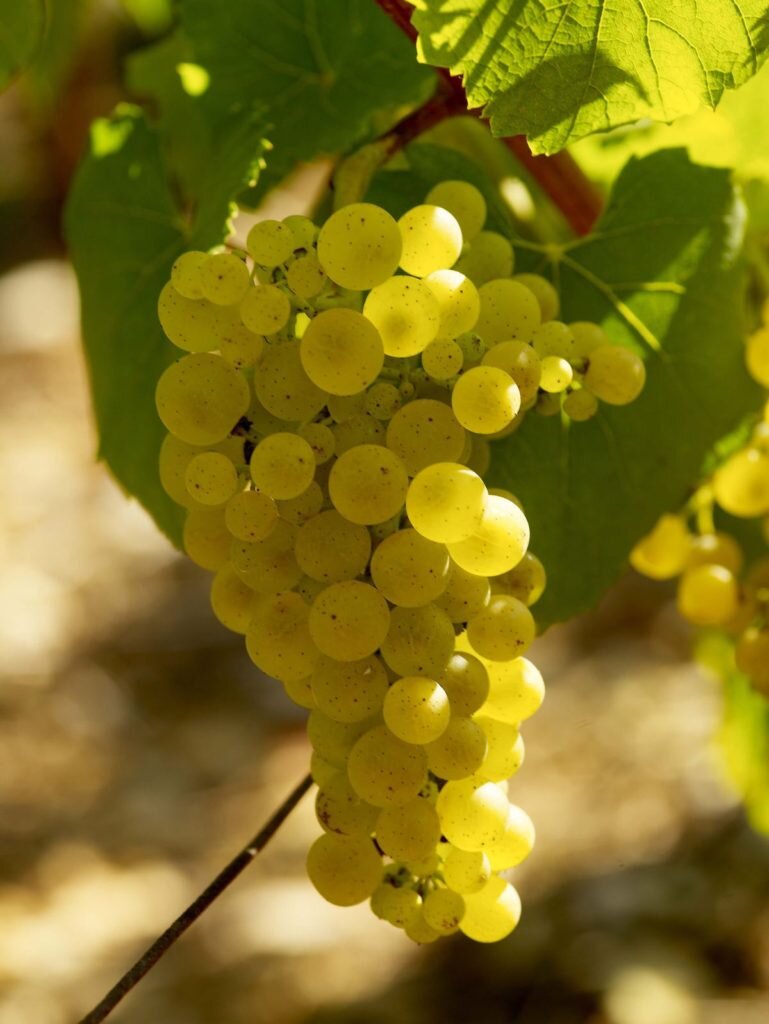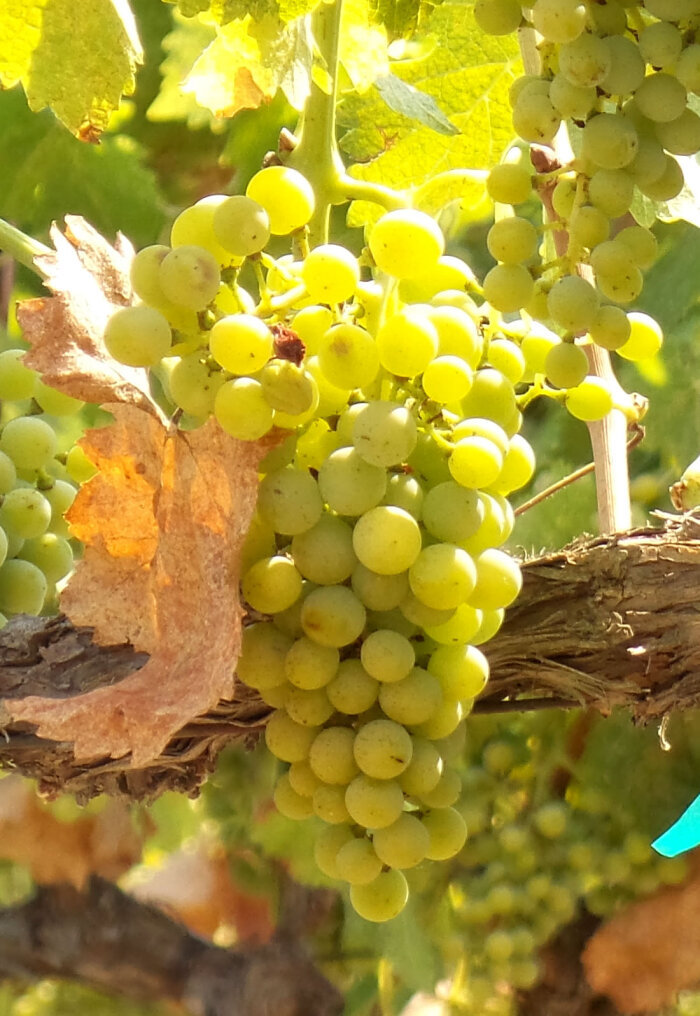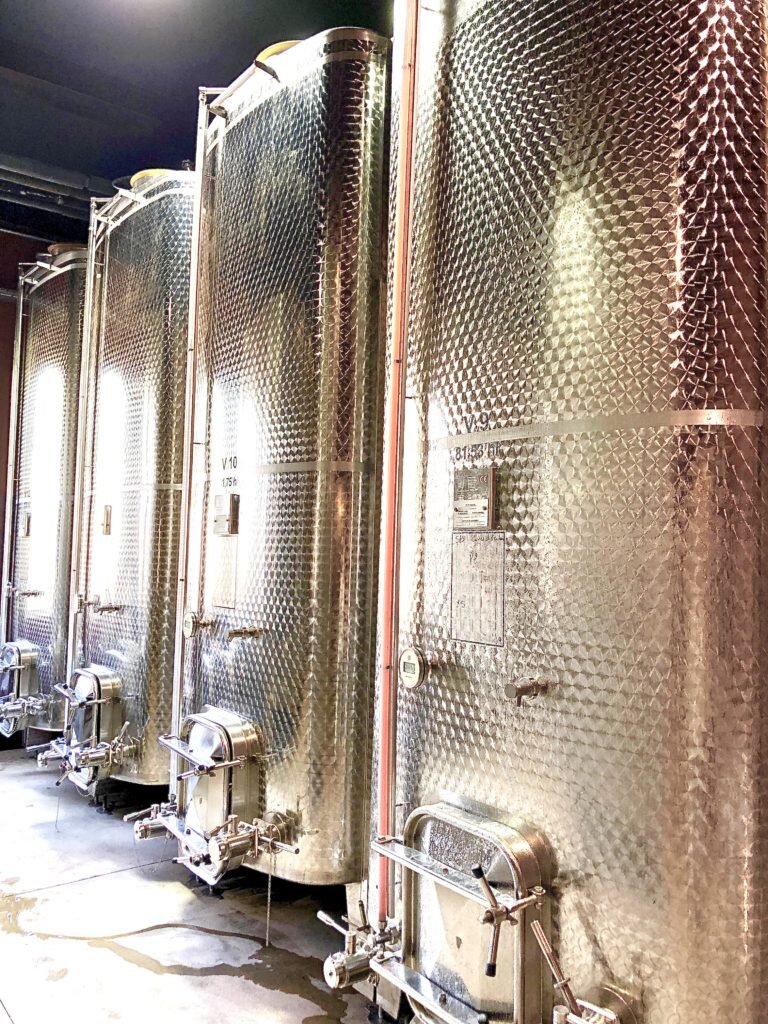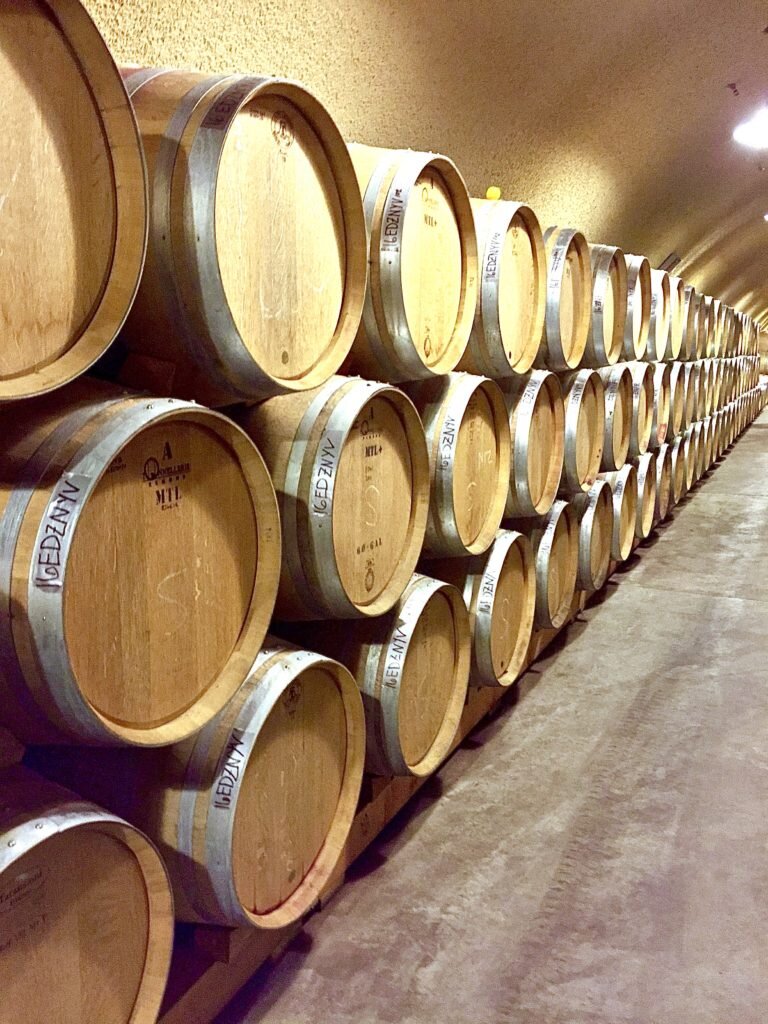White Wine 101
If you’re looking to learn more about wine, I'm here to satisfy your vinous cravings with the perfect place to start: my Wine 101 series. Because, let's face it, wine can be a pretty confusing topic! It distills diverse subjects such as history, science, geography and anthropology into one delicious, liquid commodity. And while you don't have to worry about learning EVERYTHING, knowing the basics can certainly help you navigate this expansive topic.
As a long time student of wine, I gotta say, White Wine 101 is a fabulous place to start. Unfortunately, there's a nasty rumor out there that white wine shouldn't be taken as seriously as red wine and I couldn't be happier to kick that theory to the curb and tell you that’s flat out W R O N G! White wines represent some of the most expensive, elegant and age-worthy wines on the planet. Not to mention, they're also really delicious to drink.
But if you need a little more convincing, scroll down for a few important reasons why you should wholeheartedly embrace the world of white wine!
3 REASONS TO LOVE WHITE WINE
White wines are much more versatile when pairing with food, there's no harsh tannins to compete or clash with the flavors on your plate. There also infinitely sippable on their own!
You're less likely to get a hangover when drinking white wine due to the lower levels of alcohol and lack of phenolic compounds which can trigger headaches.
Most white wines are meant to be consumed young, so no waiting for the wine to age, simply pop the cork (or twist the screwcap, even better) and you're good to go!
Before we delve into the differences between white and red wine, let's talk about the one thing ALL wines have in common: fermentation! Every type of wine on the planet, whether it's sparkling, white, red, pink, blue or fortified, has to undergo fermentation. During the fermentation process, yeast converts grape sugars into ethanol (alcohol!) and carbon dioxide. Once the alcohol level gets high enough, the yeast cells die and voila - you have wine! When making still wines, the carbon dioxide is allowed to dissipate, but it sure comes in handy when making sparkling wine.
More on that later.
WHITE WINE VS. RED WINE
Now that we've talked about the one thing all wines have in common, let's talk differences. White wine production differs from the production of red wine in a few important ways:
SKIN CONTACT: White wines are fermented without their skins. Unlike red wines which get their color from contact with grape skins, white wines are gloriously translucent so the juice is pressed right off the skins to prevent any transfer of color or other errant phenolic compounds.
SULPHUR (aka SO2): The addition of sulfur plays a much bigger role in white wine production than red. In fact there are about twice the level of sulfites in white wine as there are in red! Yep, you heard me correctly, so if you're someone who suffers from the dreaded Red Wine Headache, I'm here to tell you - it definitely ain't the sulfites! (Click here for more info) The science behind it actually makes good sense, sulfur acts as a preservative for wine and prevents it from spoiling and turning brown. Red wines have built in preservatives in the form of tannins so they don't need the added protection from sulfur like white wines do.
COOL FERMENTATION: In order to preserve white wine's crisp, fruity flavors it it fermented at a much cooler temperature than red wine. 45-60 degrees is the sweet spot for white wine fermentation, while 70-85 degrees works best for reds.
COLD STABILIZATION: Tartaric acid is the primary acid we find in wine which is essential to its mouthfeel and taste. When wine is subjected to very cold temperatures, especially as it ages, the acid can precipitate out of solution and form harmless crystals, aka wine diamonds, at the bottom of the bottle. To prevent this from occurring, many winemakers cold stabilize their wines by subjecting them to cold temperatures for a period of time and then filtering the crystals out before the wine is bottled. Some winemakers feel this process can strip flavors from their wine so they do it sparingly which can result in crystals forming in their wine if it gets very cold.
As far as style goes, white wines can range from light-bodied and fruity to full-bodied and oaky. This largely depends on the grape variety, wine region and the way the wine is made.
TOP 5 WHITE WINE GRAPES
When it comes to grapes, there are a few varieties you're most likely to encounter at your local retail store. Here is my White Wine 101 list of the top 5 grapes to look out for as well as what they taste like, what foods you should pair them with, and a few of my own personal favorites. Remember, if you can't find the exact wine listed here, be sure to ask your local wine shop to suggest a similar alternative:
1.) PINOT GRIGIO/PINOT GRIS (Italy, Oregon, Alsace): Pinot Grigio thrives in Northeastern Italy, specifically Friuli and Alto Adige, where it produces light-bodied, refreshingly fruity wines that are imminently quaffable, if a tad forgettable when mass produced. Pinot Gris, the same grape grown in different geographic regions including Alsace and the Northwest US, is know for having more flavor, viscosity and overall personality.
PAIR WITH: While this wine is perfect served as an aperitif, it also pairs nicely with lighter fare such as grilled fish (Pinot Gris in particular is perfect with salmon), lighter pasta dishes and roasted chicken breast.
GG FAVE PINOT GRIGIO/GRIS:
King Estate Pinot Gris Willamette Valley, Oregon ($16)
Livio Felluga Collio Pinot Grigio, Italy ($36)
2.) RIESLING (Germany, Alsace, Washington, New York State): This grape produces fruity, aromatic wines with a lively acidity and delightful fruit profile which displays citrus, green apple, pear and jasmine tinged usually to some degree with it's hallmark petrol note. Riesling can also run the gamut stylistically, ranging from bone dry to super sweet.
PAIR WITH: Sweet Riesling is a natural match for spicy Asian food such as Thai dishes and sushi. Dry Riesling is a wonderful pairing for vegetable-driven dishes, Tex-Mex cuisine and lighter seafood fare.
GG FAVE RIESLINGS:
Chateau Ste. Michelle Eroica Riesling, Columbia Valley, Washington ($20)
Domaine Weinbach, Riesling Cuvee Theo, Alsace ($50)
3.) SAUVIGNON BLANC (New Zealand, California, Loire Valley): This charismatic white grape creates wines which are famously crisp and refreshing with a zesty acidity and lively fruit flavors ranging from grassy and grapefruity in New Zealand to peachy and citrusy in California. France's Loire Valley imparts limestone and mineral components to these wines as well as the infamous yet desirable, "pipi de chat."
PAIR WITH: Sauvignon Blanc is a fabulous food wine that pairs brilliantly with cheeses such as tangy chevre and shellfish like oysters, clams and shrimp. It can also play nicely with lighter fare such as pasta with white sauce, chicken and even pork, it's truly a food lover's white wine.
GG FAVE SAUVIGNON BLANCS:
Jean Marie Reverdy Charme de Loire Sauvignon Blanc, Loire Valley ($20)
Cliff Lede Napa Valley Sauvignon Blanc, Napa, California ($30)
4.) CHARDONNAY (US, Chile, Burgundy, Champagne): The most popular and widely planted white wine grape produces some of the most beautiful, expensive and age worthy white wines in the world. Chardonnay is also know for expressing its "terroir,"meaning it reflects the specific region it was grown in. As a result its can display a variety of flavors and textures ranging from flinty notes of green apple, melon, citrus and limestone in cooler climates and ripe, full-bodied peach, pineapple and mango tinged with vanilla and spice in warmer climates.
PAIR WITH: Unoaked incarnations of Chardonnay are perfect for pairing with lighter dishes such as seafood, salads and chicken dishes. Oaked Chardonnay can be a bit tricky to pair with food, but generally pairs nicely with more decadent dishes including Roasted Chicken and Mushrooms and Lobster Mac and Cheese.
GG FAVE CHARDONNAYS:
Maison Joseph Drouhin Vaudon Chablis, Burgundy, France ($34)
Ramey Ritchie Vineyard Chardonnay, Russian River Valley, California ($76)
5.) VIOGNIER (Rhone Valley, California, Australia): The Viognier grape produces full-bodied white wines that are utterly delicious! In cool climates like the Rhone, aromas and flavors of citrus and stone fruit are accompanied by gorgeous notes of white flowers and minerals. In warmer climates, like California and Australia, lush notes of tropical fruit like pineapple, mango and apricot are brought to the fore.
PAIR WITH: Decadent cheeses such as a triple creme Brie or Saint Angel, rich seafood dishes such as succulent seared scallops and roast chicken with apricots.
GG FAVE VIOGNIERS:
Le Paradou Viognier, Méditerranée ($16)
Darioush Viognier Napa Valley ($64)
TALKING THE TALK
As with any type of wine, white wine has it's own "lingo." These terms can refer to different winemaking tools or specific techniques employed by winemakers. No White Wine 101 post would be complete without a list of those you're most likely to encounter when talking about white wine:
STAINLESS STEEL: Wines fermented in stainless steel tanks are crisp, fruity and refreshing. These wines are generally ideal for warmer Summer months and are usually wines meant to be consumed immediately, meaning they will not improve with age.
OAK: Some white wines, predominantly Chardonnay, are fermented in oak barrels. Oak (usually French) imparts added richness and flavor to the finished wine and also gives it a greater ability to age. In addition to fruit, oaked wines will also display notes of vanilla and baking spices (i.e. nutmeg, clove) which are transfered into the wine during it's contact with the toasted barrels.
MALOLACTIC FERMENTATION: White wines undergo this secondary fermentation when a winemaker wants to soften harsh malic acid, into creamy lactic acid. "Malo" occurs shortly after or concurrent with primary alcoholic fermentation when lactic bacteria are added which ultimately transform tart, green apple flavors into those of a buttery, baked apple. It is predominantly used with Chardonnay, resulting in a wine with a buttery, rounder, fuller mouthfeel.
SUR LIE/BATTONAGE: "Sur lie" or "on the lees" is when a wine remains in contact with the dead yeast cells after fermentation. These dead cells impart a richer mouthfeel, texture and flavor to the wine. Battonage refers to the stirring up of the yeast cells to maximize their contact with the wine.
I hope you found this post on White Wine 101 helpful to your understanding of this delightful, and sometimes underestimated, type of wine. For even more on the topic, check out my podcast episode, White Wine 101, where I answer some interesting viewer questions and dish on some humorous personal experiences as well. When you’ve sufficiently soaked up all of this information, please proceed to the next installment, Red Wine 101!


